Think about what you are doing
One of the best ways to save time is to not go somewhere at all! This means reconsidering jam-packed itineraries. Do you really need to see nine Thai islands in three weeks? Maybe you should just chill out on one or two? Ask yourself why you are going somewhere.
Pick the right transport option
Trains are called names like regular, express, super express and fantastically super dooper shiny (okay we made the last one up) for a reason—because some services are faster than others. Getting the wrong train might add three or four hours to a trip. Getting a direct VIP bus service may be faster than a local all-stops milk run service. Sometimes it's worth paying the extra money for a direct flight to save yourself having to spend half a day cooling your heels in Kuala Lumpur. Maybe getting the fast ferry is a good idea because it's, well, fast.
Research
Timetables are useful! Look at them. Figure out connection times. Perhaps getting a bus an hour earlier will mean you can get a connecting train six hours earlier. We’re not suggesting you should plan your entire trip like a military expedition, as sometimes timetables can be iffy, but big time savings can be made by doing some elementary timetabling.
Travel at night
One of the best ways to save time is to travel at night, ideally by train. In Thailand, for example, when you're travelling out from Bangkok you can reach anywhere south of Chumphon, north of Phitsanulok, anywhere near the Mekong River and Trat (for Ko Chang) by travelling by night bus or night train.
In Laos, there are long distance night buses—particularly from Vientiane heading south. We don’t recommend the night buses in the north because the roads are poor, street lighting is non-existent and the buses tend to have one driver only.
In Cambodia there is no overnight transport we would recommend, again for safety issues.
In Vietnam, both trains and sleeper buses are popular overnight options—particularly Hanoi to Sapa and the long trunk routes north and south along the long Vietnamese coast. Train is generally better, more comfortable and safer.
Fly
With the growth of low cost carriers, flying between cities in Southeast Asia is now both affordable and very fast. The further in advance you book, the cheaper the tickets become—often cheaper than train or bus. Luang Prabang to Hanoi for instance takes one to two days overland, or just an hour by plane.
In particular, you’ll see massive time savings in Indonesia. To travel from Bali to Alor, for example, takes somewhere between five and seven days by bus and ferry (depending on connections), or you can fly it in two flights, with 2.5 hours of air time.

.jpg)
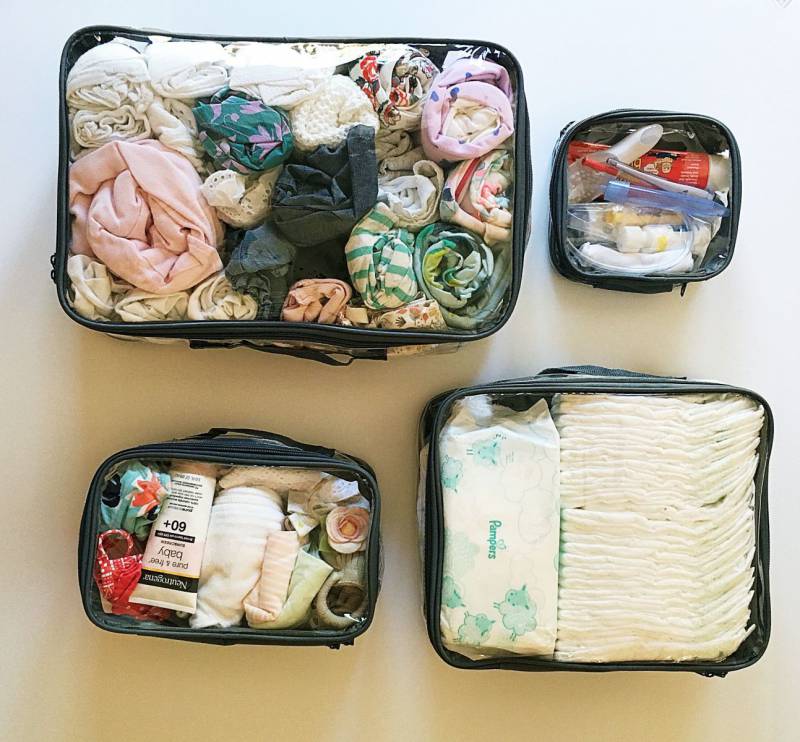
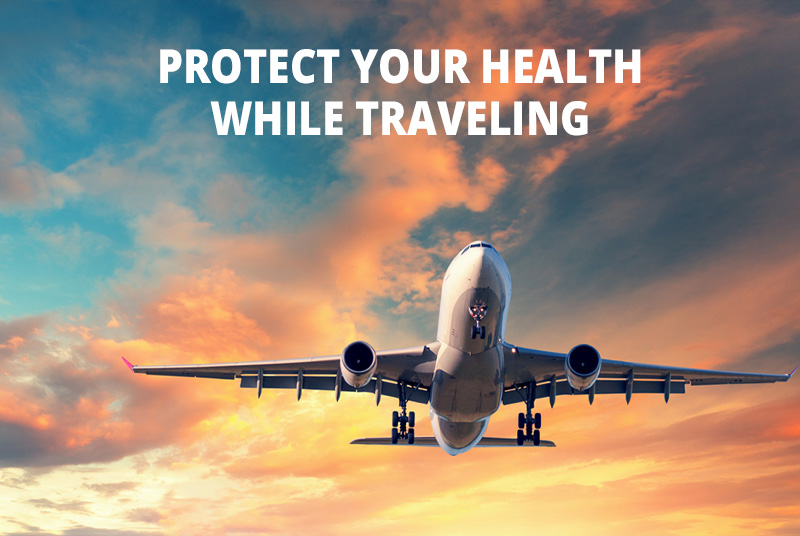
.png)
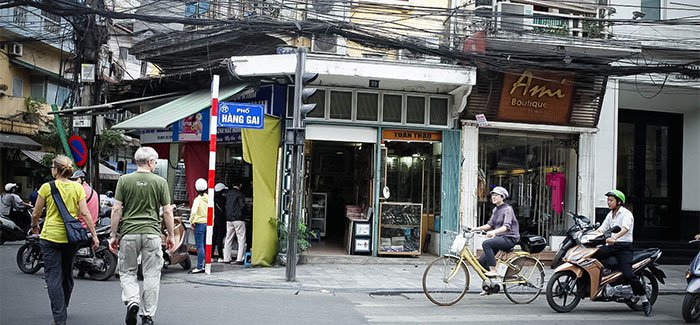
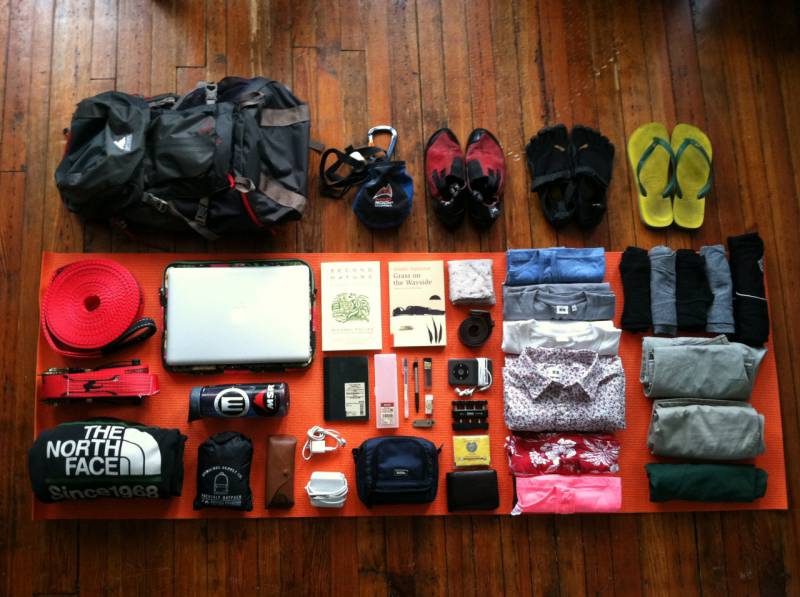

.jpg)
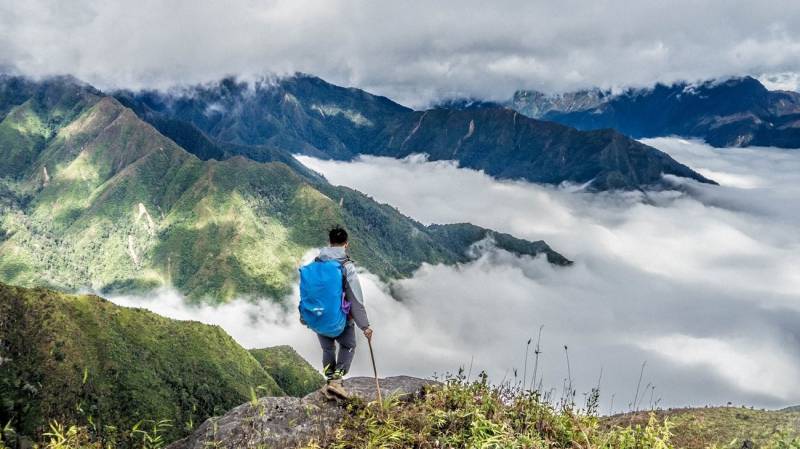

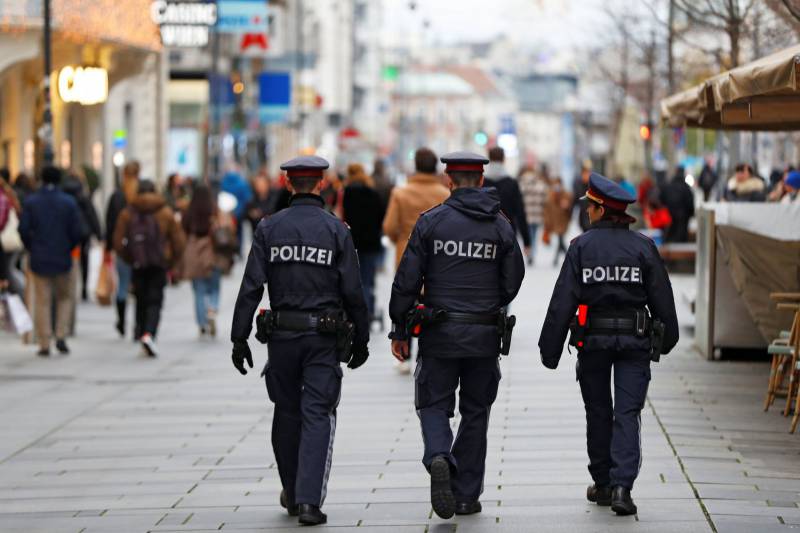
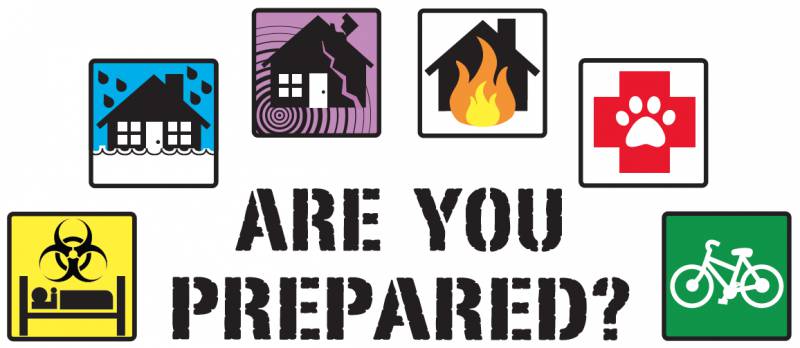

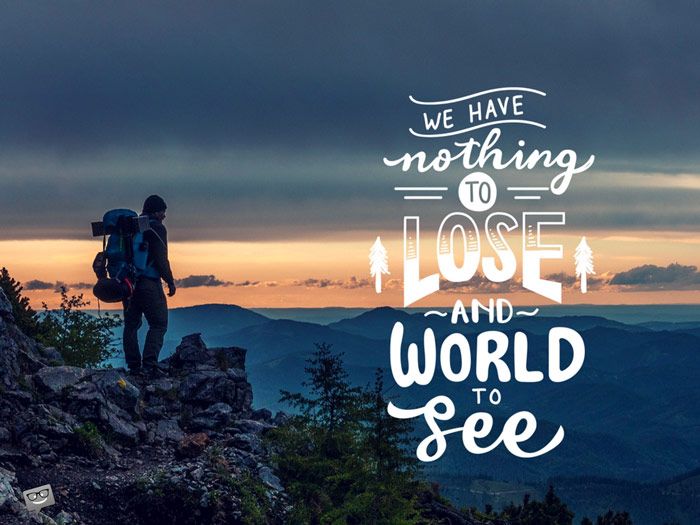
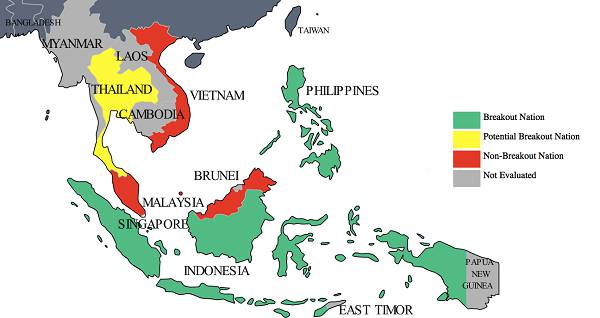
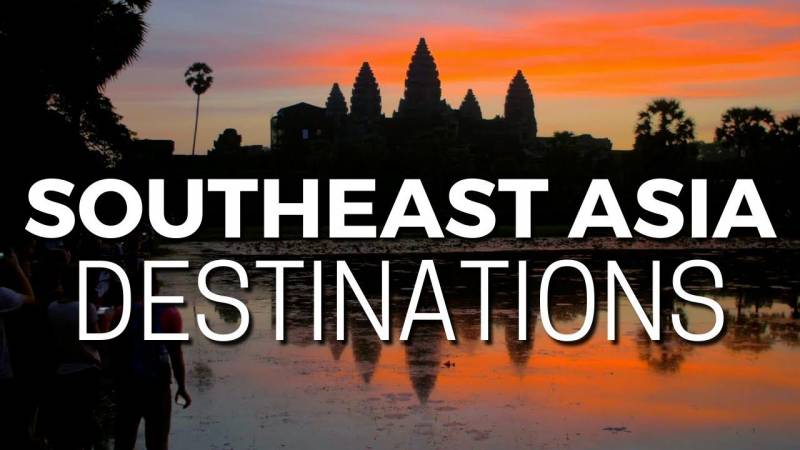
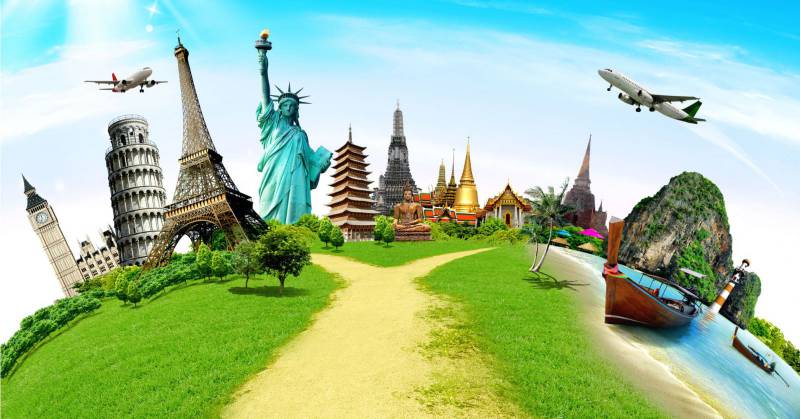
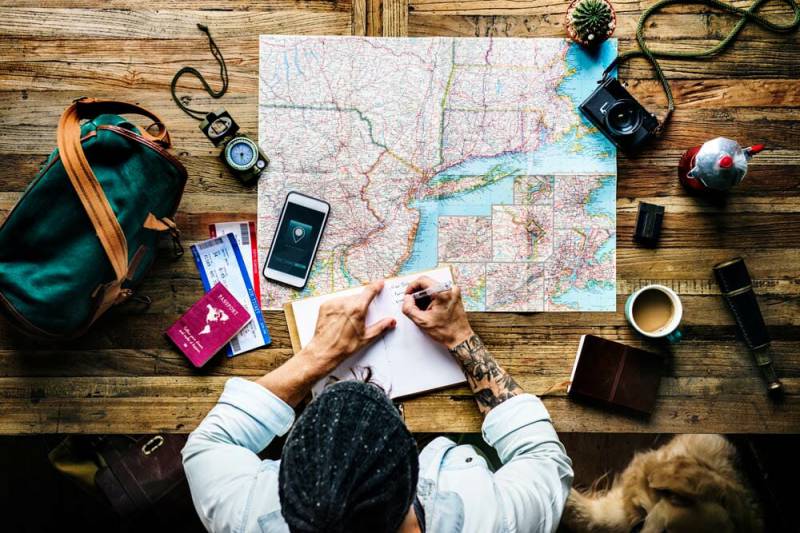
.jpg)






